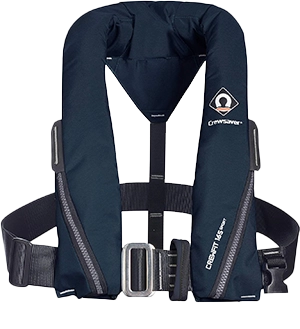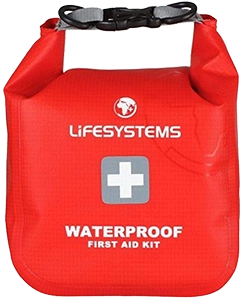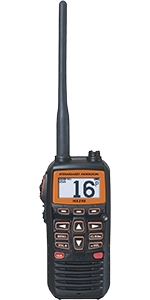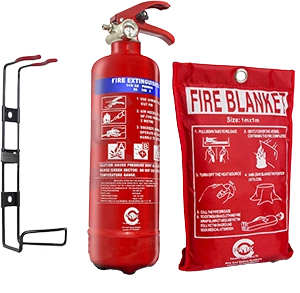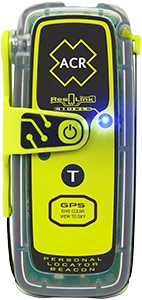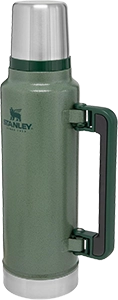Boating in the UK during the summer is a fantastic way to enjoy the beauty of the coastline, lakes, and rivers. The scenic views, fresh air, and sense of adventure that come with being on the water are exhilarating. Prioritising safety is crucial to ensure your boating adventures are safe as well as enjoyable. With the right knowledge and preparation, you can avoid potential dangers and make the most of your time on the water. This article covers essential boating safety tips for the UK and overseas, focusing on navigation, weather preparation, equipment, and emergency procedures.
Disclosure: We earn a commission if you make a purchase from one of our affiliate links, at no additional cost to you.
Navigation and Rules of the Water
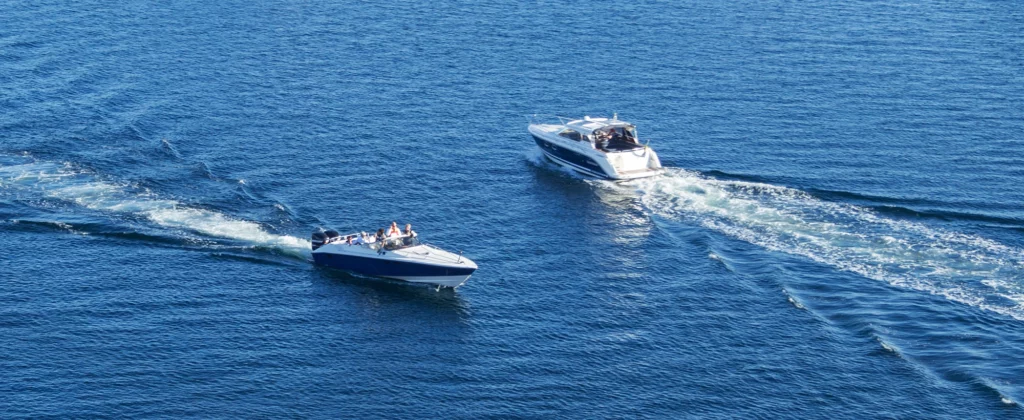
Understanding navigation and adhering to the rules of the water are fundamental aspects of boating safety. Whether you’re a seasoned sailor or a beginner, familiarising yourself with the waterways you plan to explore is essential.
“On a day when the wind is perfect, the sail just needs to open and the world is full of beauty.” —Rumi
Charts and Maps
Use up-to-date charts and maps to understand where it’s safe to navigate, and make yourself aware of hazards such as rocks, sunken objects on the riverbed, shallow areas, and strong currents. The UK’s coastline, for instance, has numerous tidal patterns that can affect your journey– being aware of these is crucial. Knowing when the tides change can prevent you from getting stranded in shallow waters or being swept into dangerous areas.
Rules of Navigation
Adhering to maritime rules and regulations is crucial for boating safety. These rules are designed to prevent accidents and ensure smooth navigation, and helps every boater to know what to expect of other traffic. Key regulations include right-of-way rules, speed limits, and the use of navigation markers.
Always give way to vessels approaching from your starboard (right) side, and observe speed limits to avoid creating wake that could disturb other boats or damage property. Understanding and following these rules keeps you safe and also ensures that other boaters can enjoy the water safely.
Use The Best Equipment
Modern technology has significantly enhanced navigation, making it more accessible and accurate than ever before. Utilising smartphone apps, GPS devices, compasses, and nautical charts can greatly improve your situational awareness and assist in safe navigation. GPS-enabled smartwatches and marine navigation apps provide comprehensive tools directly on your wrist, offering real-time location tracking, route planning, and weather updates.
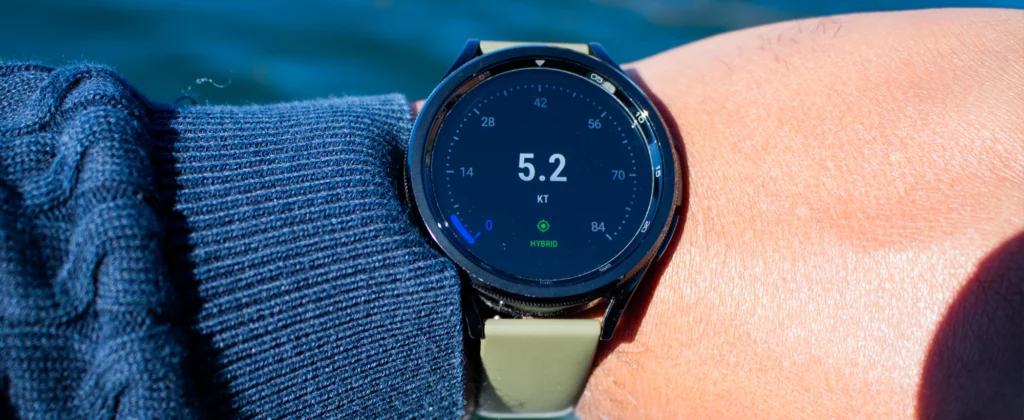
Weather Preparation
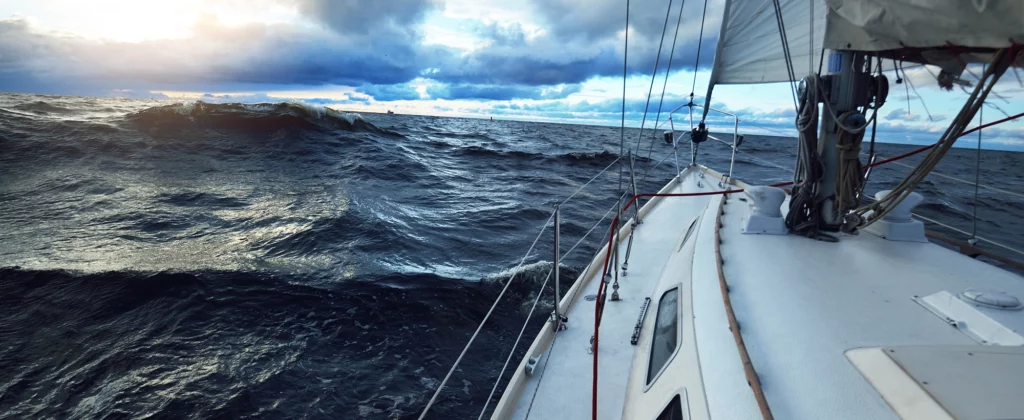
The UK’s weather can be unpredictable, making it essential to prepare for all conditions. Before setting out, always check the weather forecast from reliable sources like the Met Office. Understanding the forecast helps you anticipate conditions such as fog, rain, wind, and temperature changes. Being well-prepared for the weather ensures that you can enjoy your boating experience safely and comfortably.
Check the Forecasts
Marine weather forecasts offer insights into wind speeds, tides, wave heights, visibility, and any weather warnings you should know about before your trip. Avoid strong winds or heavy rain, and be ready to return to safety if the weather takes a turn for the worse. If the forecast predicts poor weather, it may be wise to postpone your trip until conditions improve. Check the weather forecasts frequently on the days leading up to your trip.
Look Out For Signs
Learning to read weather patterns and recognising signs of changing conditions is vital. Being able to identify the signs of approaching bad weather can give you the time you need to seek shelter or return to shore. For instance, a sudden drop in temperature or darkening clouds can indicate an approaching storm. Changes in wind direction and speed can also signal a shift in weather.
Discover the hidden wonders of weather with Tristan Gooley’s "The Secret World of Weather." Learn to spot small weather signs that reveal current and future conditions. Enhance your outdoor experiences by understanding simple rules and rare skills, with insights from the best-selling author of "The Walker’s Guide to Outdoor Clues & Signs
Wear Suitable Gear
Wearing suitable clothing for the weather conditions is crucial for your comfort and safety on the water. Layering is key, as it allows you to adjust to changing temperatures throughout the day. Start with a moisture-wicking base layer to keep sweat away from your skin, add insulating layers for warmth, and top it off with waterproof and windproof outer layers to protect against rain and wind. Even on a warm day, the weather on the water can be cooler, so it’s essential to be prepared for temperature changes. Don’t forget your sunglasses and consider wearing a hat to protect you from the sun’s rays. Non-slip boating shoes help you maintain footing on wet surfaces.
Essential Equipment and Maintenance
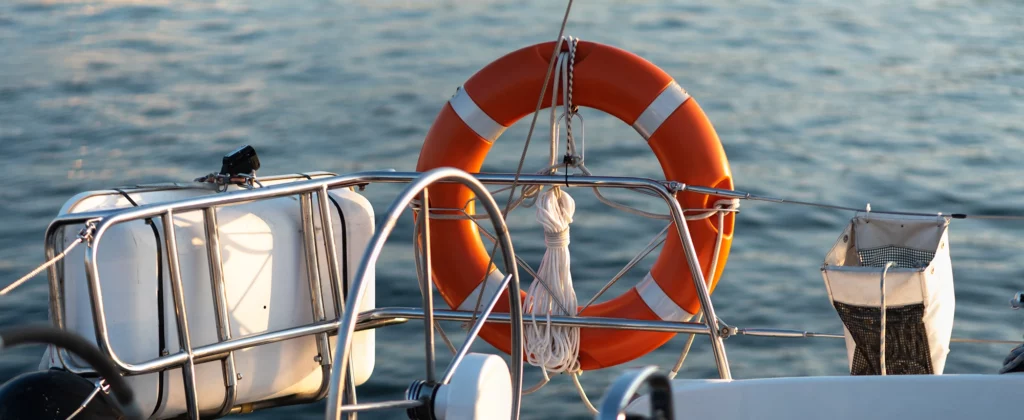
Having the right equipment and ensuring it is well-maintained is crucial for boating safety. Equip your boat with essential safety gear, including life jackets, fire extinguishers, flares, and first aid kits. Life jackets should be worn at all times, especially by children and non-swimmers. Check that all safety equipment is in good condition and easily accessible.
“A small leak will sink a great ship.” —Benjamin Franklin
Crew Safety
Life jackets are perhaps the most critical piece of safety equipment for any sailor. They are designed to keep you afloat in the water and reduce the risk of drowning. It’s essential to choose life jackets that are appropriate for the size and weight of each passenger, ensure they fit properly, and that they’re in good working order. Modern life jackets are available in various designs, including inflatable models that are comfortable and less restrictive.
The Crewfit 165N Automatic Lifejacket in Navy features an auto-firing mechanism and sturdy metal buckle. It boasts a durable outer cover and a compact 33g CO2 cylinder with Exolok safety. Adjustable buckle and crotch strap ensure a secure fit for varying sizes.
💡 Check your safety gear regularly: Inspect your life jackets for signs of wear and tear and replace any that are damaged.
Other essential safety gear includes fire extinguishers, flares, and first aid kits. Fire extinguishers are necessary to combat any onboard fires, which can be particularly dangerous on a boat. Ensure that your fire extinguishers are suitable for marine use and are regularly checked and maintained.
Flares are used to signal for help in an emergency, especially if you are out of the range of traditional communication devices. A well-stocked first aid kit is vital for treating minor injuries and stabilising more serious conditions until professional help can be reached.
Built for water sports, this waterproof first aid kit includes dressings, meds, tools, and a face shield. Made from durable material and compliant with European quality standards.
Communication
Communication devices are another crucial aspect of boating safety. A VHF radio is one of the most reliable tools for communicating with other boats and emergency services. Unlike mobile phones, VHF radios have a longer range and are specifically designed for marine environments. Ensure you know how to use your VHF radio properly and keep it in good working order. In addition to a VHF radio, carrying a fully charged mobile phone in a waterproof case can provide an additional means of communication.
Compact and robust, the HX210E Marine VHF Radio features IPX7 waterproofing, 6W power, and a high-res LCD. It supports all USA, International, and Canadian channels, includes FM radio, quick access to CH16/S, and comes with a rechargeable battery and rapid charger. Enjoy peace of mind with a 3-year waterproof warranty.
Vessel Maintenance
Performing regular maintenance checks on your boat is essential to ensure it remains safe and seaworthy. Regularly inspect the engine, fuel system, electrical system, and hull for any signs of wear or damage. Addressing small issues early before they become major problems can prevent breakdowns and prolong the life of your boat. Create a maintenance schedule and stick to it, and keep detailed records of all inspections and repairs. A proactive approach to maintenance ensures that your boat is always ready for safe and enjoyable outings.
Emergency Procedures
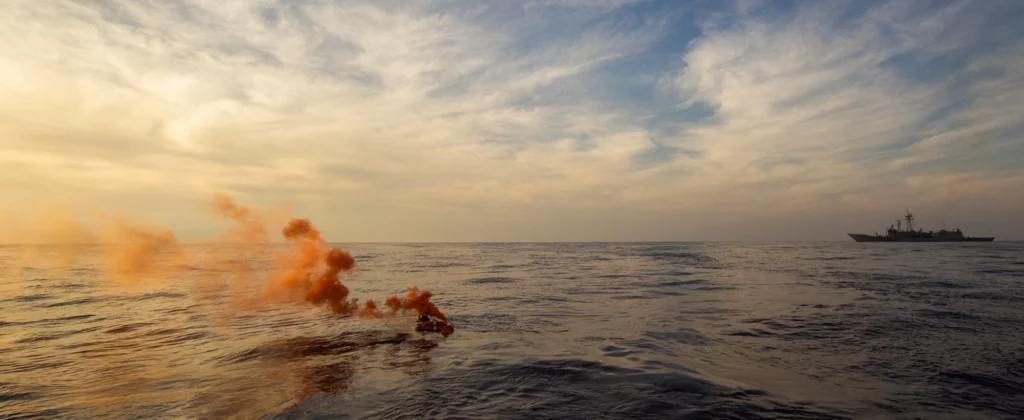
Being prepared for emergencies is a key aspect of boating safety. Conduct emergency drills with your crew or passengers, practising scenarios such as man overboard, fire on board, and abandoning ship. Knowing what to do in an emergency can save lives. Develop an emergency plan that includes contact information for local authorities, a list of emergency equipment, and procedures for different types of emergencies. Make sure everyone on board is familiar with basic safety procedures.
“Before anything else, preparation is the key to success.” —Alexander Graham Bell
Man Overboard
In the event of a man overboard situation, decisive action and well-preparedness can save lives. Ensure that everyone on board knows how to respond ensures that the skipper can respond to the situation effectively and in good time.
Fire
If there is a fire on board, having a clear plan in place can make all the difference. Be sure to keep a fire extinguisher on board and make sure it is in date, especially near potential fire hazards like the galley and engine room. Identify potential fire hazards and take steps to minimize risks, such as properly storing flammable materials and ensuring all electrical systems are in good condition. Ensure all crew and passengers know how to use firefighting equipment and are familiar with fire emergency procedures.
Conduct regular fire drills and have fire blankets available. In the event of a fire, use your fire extinguisher to control the flames and, if necessary, be prepared to escape onto a life raft. Ensure you have a means to call for help, such as a VHF radio or EPIRB, and keep emergency contacts and vessel documentation accessible.
Boat Safety Approved 1 KG ABC Dry Powder Fire Extinguisher (34B rating) with fire blanket. BSI Kitemarked, includes pressure gauge, wall bracket, and retaining strap. Ideal for boats, homes, cars, and kitchens. Comes with a 5-year manufacturer's guarantee.
Planning for Emergencies
Developing a comprehensive emergency plan is essential for handling a wide range of potential crises. This plan should include contact information for local authorities, emergency services, and nearby marinas. Ensure that everyone on board knows the basics of how to make an emergency call and where to find crucial information such as your location and the nature of the emergency. Regularly review and update your emergency plan to account for any changes in equipment or crew.
Staying calm and acting quickly in an emergency is crucial. Follow your emergency plan and use your communication devices to call for help. Provide clear information about your location and the nature of the emergency. Having multiple sources of location information, such as GPS, charts, and manual plotting, can be invaluable in a crisis.
The ResQLink 410 RLS is a buoyant, durable Personal Locator Beacon with GPS, 406 MHz signal, and 121.5 MHz homing. It features the Return Link Service (RLS) for distress confirmation and strobe lights for visibility. Subscription-free, it's ideal for land, sea, or air adventures, ensuring quick and accurate location detection and rescue.
Health and Safety Precautions
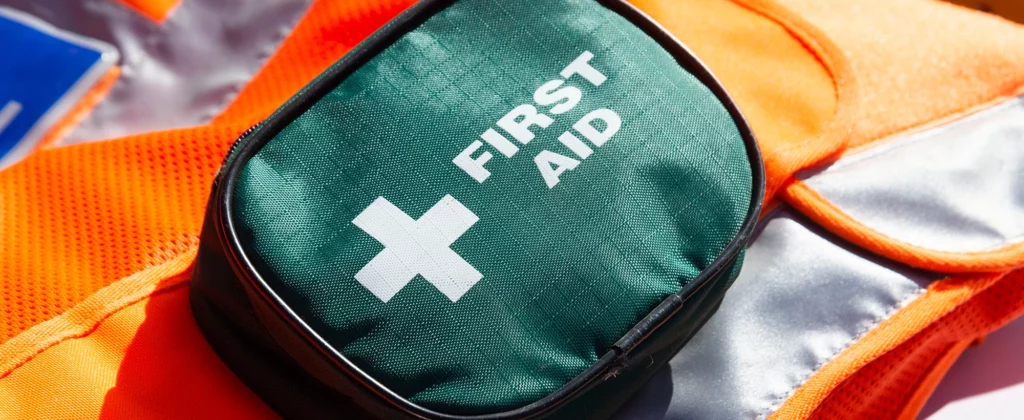
Beyond immediate safety measures, taking care of your health and well-being on the water is crucial. Sun exposure, dehydration, and fatigue can pose serious risks, especially on longer outings.
“Preparation, I have often said, is rightly two-thirds of any venture.” —Amelia Earhart
Sun Protection
Extended exposure to the sun can lead to sunburn, heat exhaustion, or heat stroke. Apply a broad-spectrum sunscreen with at least SPF 30, and reapply it every two hours or more frequently if you’re swimming or sweating. Wearing a wide-brimmed hat, UV-protective clothing, and sunglasses can provide additional protection. It’s also wise to create shaded areas on your boat, using bimini tops or umbrellas, to take breaks from direct sun exposure.
Stay Hydrated
Dehydration is a common issue during boating trips, as the sun and wind can deplete your body’s fluids faster than you might realise. Bring plenty of water and encourage everyone on board to drink regularly. Avoid alcohol and caffeinated beverages, as these can increase dehydration. Keeping hydrated helps maintain energy levels and cognitive function, which is essential for safe boating.
The Stanley Classic Legendary Thermos Flask keeps drinks hot or cold for 40 hours with its superior insulation. Made from rugged, rust-proof 18-8 stainless steel, it's BPA-free and leak-proof. Easily pour with the wide mouth and clean in the dishwasher. Available in multiple sizes and backed by a lifetime warranty.
Avoid Fatigue
Operating a boat requires full attention and quick reactions, so avoiding fatigue is vital. Ensure you get a good night’s sleep before your trip and take regular breaks during the day. Sharing the responsibility of operating the boat with another qualified person can also help prevent fatigue. On longer trips, plan for rest stops where you can anchor safely and relax.
First Aid and Medical Preparedness
Having a well-stocked first aid kit on board is essential, but it’s equally important to know how to use it. Basic first aid training for you and your crew can make a significant difference in handling minor injuries and stabilising serious conditions until professional help is available.
First Aid Kit Essentials
Your first aid kit should include adhesive bandages, antiseptic wipes, gauze pads, medical tape, scissors, tweezers, pain relievers, plasters (band-aids), and any personal medications. Adding seasickness remedies can also be helpful. Regularly check the kit to ensure all items are stocked and within their expiration dates.
💡 Eyes on the horizon: You may be able to prevent seasickness by focusing on the horizon. This helps your brain balance motion signals and reduce the nausea.
Basic First Aid Training
Investing time in basic first aid training can save lives. Knowing how to perform CPR, treat cuts and burns, and manage other common injuries is invaluable. Many organisations offer courses, both in-person and online, that cover these essential skills. Encourage your crew or regular passengers to take these courses as well.
Environmental Awareness and Protection

Respecting the environment and wildlife is an important aspect of responsible boating. Avoid polluting the water by properly disposing of waste and using designated waste facilities. Never dump any materials overboard, including plastic, oil, or chemicals, as these can harm marine life and ecosystems.
Be mindful of marine life and their habitats, steering clear of protected areas and observing wildlife from a safe distance. Avoiding anchoring in sensitive areas such as coral reefs or seagrass beds helps preserve these delicate ecosystems. Adopting sustainable boating practices ensures that our waterways remain beautiful and healthy for future generations to enjoy.
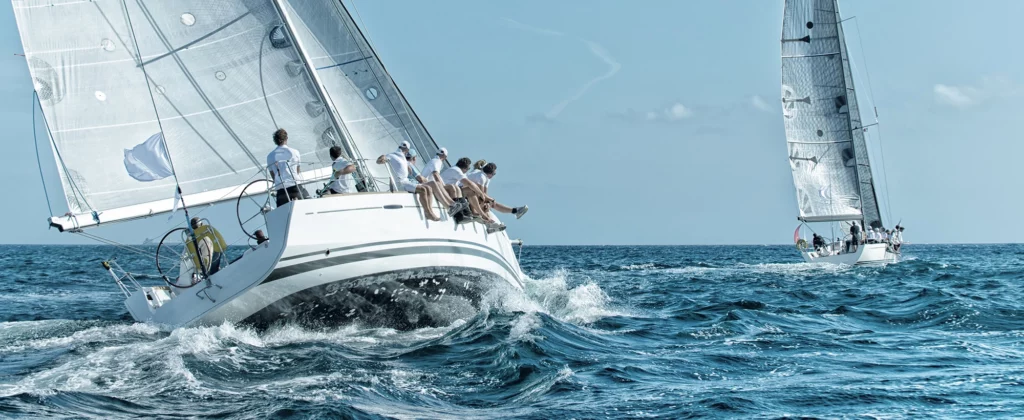
By following these top safety tips for boating, you can ensure the safest and most enjoyable experiences on the water. Whether you’re exploring the coastline, rivers, or lakes, prioritising safety and preparation will help you make the most of your adventure.
We wish you incredible journeys!

